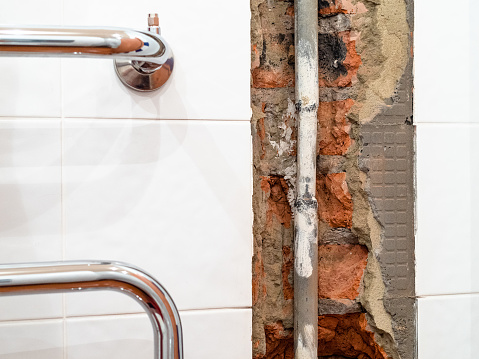Polybutylene (PB) pipes are comprised of a plastic resin and were a low-cost, quick-to-install solution during the sunbelt construction boom of 1975-1995. They offered millions of households with simple to install home plumbing systems with the expectation that they would survive longer than most other piping materials.
Poly pipe fittings in melbourne were employed as an alternative toold copper piping due to the inexpensive cost of the material and ease of installation. It’s most frequent in the “Sun Belt,” where residential construction was rampant in the 1980s and early-to-mid 1990s, but it’s also widespread in the Mid Atlantic as well as the Northwest Pacific states.
Underground water mains and interior water distribution pipework were both served by the piping systems. Industry experts estimate that it was installed in at least 6 million houses, with some speculating that it was placed in as many as 10 million. During the years when the pipe was constructed or the irrigation systems were installed, it was most likely put in around one out of every four or five residences built.
Only poly fitting supplies were erected with polybutylene pipes. They aren’t used as drain, garbage, or vent pipes. The following are some common areas to look for them:
- It’s connected to your water heater.
- When it comes to your main shutoff valve,
- Attached to toilets and sinks
- Along the exposed pipes in basement ceilings
If you notice polybutylene plumbing in your home, you must get it inspected to see ifreplacement is required. A licensed plumber should inspect your pipes at the very least to verify their integrity. This will entail turning off the water and inspecting your pipes for signs of wear and cracking. Check your homeowner’s insurance policy to be sure there are no exclusions for polybutylene pipe if something goes wrong.
It’s worth noting that throughout the time period in issue, primary waterlines to homes were frequently built of polybutylene. You have no means of knowing if these are ruptured or recognising them because they are underground. Your waterline is likely to be polybutylene if you have other polybutylene pipes in your home.
There are no official restrictions requiring you to replace Poly pipe fittingsif you discover you live in a property with it. However, most plumbers advise that polybutylene plumbing be replaced as soon as feasible. After all, a pinhole leak might occur without warning at any time.
Furthermore, even taking the risk of a leak can have costly ramifications. Homeowners with pb pipes may pay higher home insurance premiums or possibly be denied coverage in some instances. This plumbing system may potentially depreciate the value of your home.
Repiping your property is pricey, but the alternative is also costly since the monies from the legal settlements against PB pipe companies have long since dried up. The biggest danger, aside from having a pipe burst in your home and causing damage, is undetected leaks. Water escaping from ancient pipes can pool inside walls and ceilings, causing dangerous mould to grow in the irrigation systems. It’s time to have your pipes tested if you see water stains or leaks.
